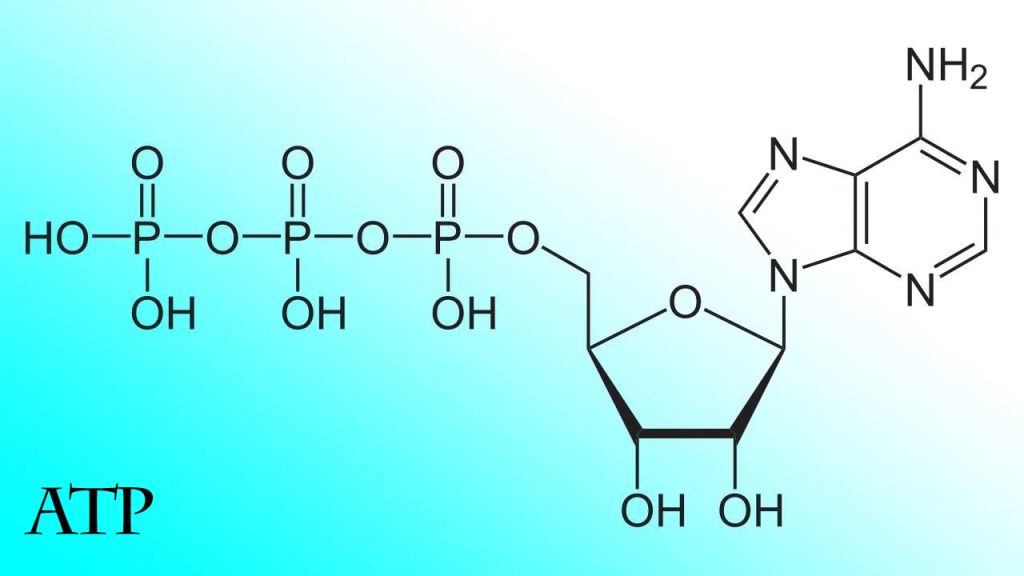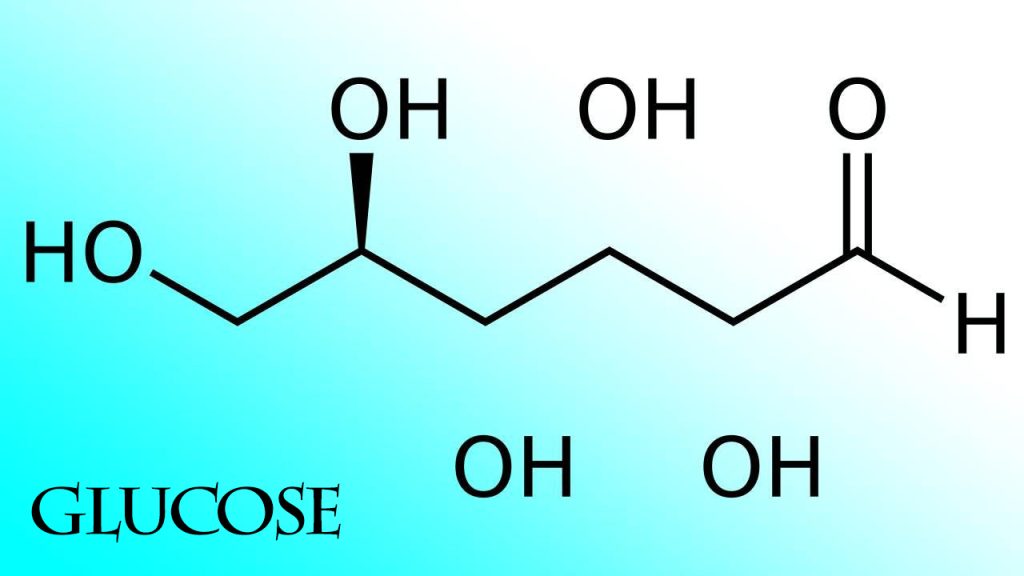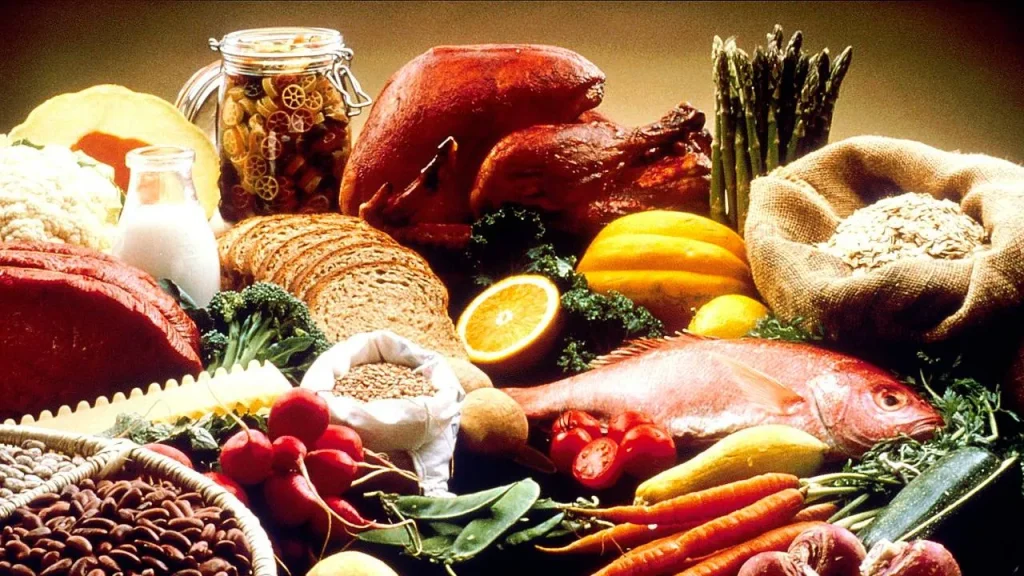How your body moves its machine
Most of you probably know that if you’re going to exercise, you need to use some energy to move your muscles and burn fat. But where does that energy come from? It’s complicated.
First, science
The energy output of your body is dependent on a molecule called adenosine triphosphate (ATP). These ATP molecules are your body’s primary source of energy, powering not only your muscular contractions, but the nerve impulses that trigger those contractions as well. Their power comes from their unstable chemical composition. When the body needs to use ATP, it breaks one of the chemical bonds of the molecule releasing energy that the body can use.

When you exercise, your first source of energy is something called phosphocreatine (PCr) which is stored in your muscles. When this molecule is broken down (catabolized1) it quickly creates an ATP molecule which our muscles can use. This energy is rapidly available but only in limited supply — it’s depleted after fewer than 15 seconds.
Once you’ve used up your PCr, your body switches to another energy production method known as glycolysis2. This process breaks down glucose (sugar) into ATP and a molecule called pyruvate which is quickly converted into lactic acid. This conversion process lowers the pH of the blood, limiting the efficiency of your muscles and the amount of time you can rely on this process for energy production to fewer than two minutes. These two processes of producing ATP are known as anaerobic because they do not require oxygen.

To continue physical activity at this point you need to rely on aerobic metabolism. In the presence of oxygen, the pyruvate from the glycolysis process can be broken down further (instead of being converted to lactic acid) in a process called the citric acid cycle. In this stage of aerobic metabolism the pyruvate is broken down into more basic molecules, ATP, water, and the CO2 we exhale. These molecules go through one more process — oxidative phosphorylation — where the bulk of aerobic ATP is produced.
Aerobic metabolism happens slower than the previous two processes due to the extra steps involved. To make up for this, aerobic metabolism produces around 15 times more energy than anaerobic metabolism and as a bonus, doesn’t produce lactic acid as a byproduct.
Where does the glucose we use for energy come from?
Glucose in the blood can come from two sources. Your primary source of glucose comes from the foods you eat, mostly carbohydrates. Your body breaks down the carbohydrates into simple sugars called monosaccharides. About 80% of your carbohydrate intake is converted into glucose, the remaining 20% is mostly fructose and galactose.

Once in the blood stream, glucose is distributed throughout the body. The blood sugar in your body is tightly regulated to keep it at a near-constant level. Insulin removes sugar from the blood by inducing storage in the muscles, body fat, and liver in the form of glycogen. Glucagon triggers the release of stored glycogen when blood sugar is too low.
When do we burn some fat?
Glucose isn’t the only essential chemical for powering aerobic metabolism, it’s just the one that gets the process started. Many of the other chemicals necessary to the chemical reactions in the citric acid cycle and oxidative phosphorylation come from fatty acids which the cells break down for use in these processes.
These fatty acids come from triglycerides. Triglycerides can either come directly from the foods you eat or from fat stores you have in your body. Once the triglycerides have been broken down and used to produce ATP, the molecular leftovers are expelled as either CO2, sweat, or urine. Although the fatty acids from your triglycerides can be remade into glucose by the liver, the process of aerobic metabolism is the only way that these fats can be consumed and expelled by the body. In other words, you’re going to have to sweat.
- catabolize is the verb form of catabolism, which is the destructive form of metabolism. It comes from the Greek word καταβολή (kătăbolḗ) which means throwing down. ↩︎
- glycolysis comes from the Greek words γλῠκῠ́ς (glukús), which means sweet and refers sugar/glucose, and λῠ́σῐς (lúsis), which means loosening or releasing. ↩︎

